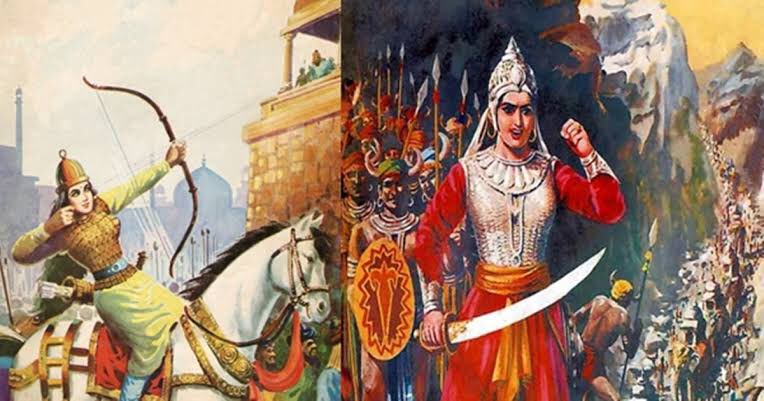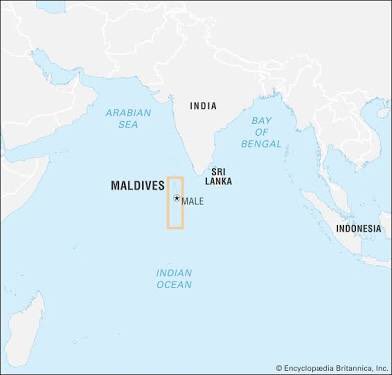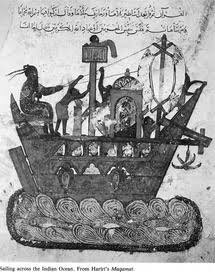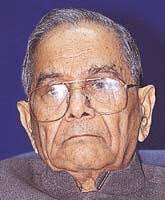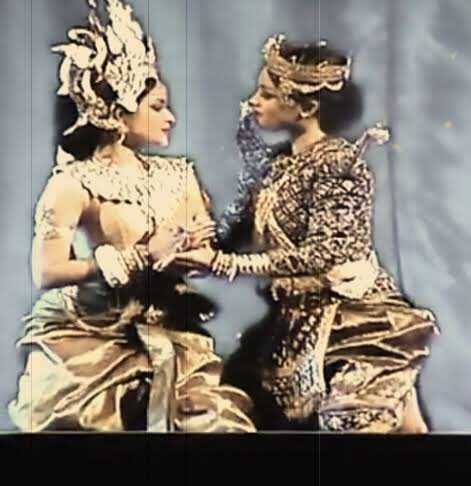
#Thread on how Arab traveller, Al-Jahiz of Basra (present day Iraq) [?-864 CE] wrote ‘highly’ of Indians labelling them being ‘meritorious’ based on his journey in India in mid-9th CE.👇#History #India #Bharat #Medieval #Medicine #Astronomy #Arab 


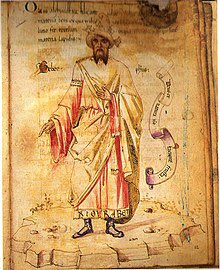

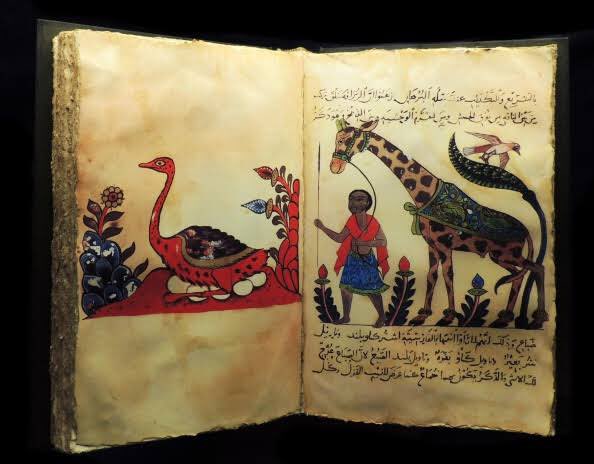
“The inhabitants of India are highly meritorious in astrology and medicine. They have a peculiar script. In medicine too they have a supreme insight... 

.. They have in their possession some strange secrets of the art of Aesculapius (Roman God of Medicine). They have medicines for some very fell diseases. 







.. In making busts and statues, in making pictures out of colours, and in architecture they are superb. 







They are the inventors of chess which is a game of mental gymnastics. They make fine swords and know how to wield them. 







.. Their music is also enchanting. One of their musical instruments is known as Kanka (?) which is played on by striking a chord strung in a gourd. It sounds like the guitar and the conch shell… 







There is an uncommon fund of poetical wealth and oratorical affluence in their possession. They know the arts of medicine, philosophy and ethics. The book Kalah wa Dimna, has come to us from them. 





They have plenty of courage and common-sense and many qualities which are wanting even in the Chinese. Cleanliness is a noted feature. They have good looks, tall stature and a taste for perfumes. It is from their land that the peerless ambergris comes for the use of kings... 

.. Streams of high thinking flowed down from India to Arabia… They are the inventors of astronomical calculations. 





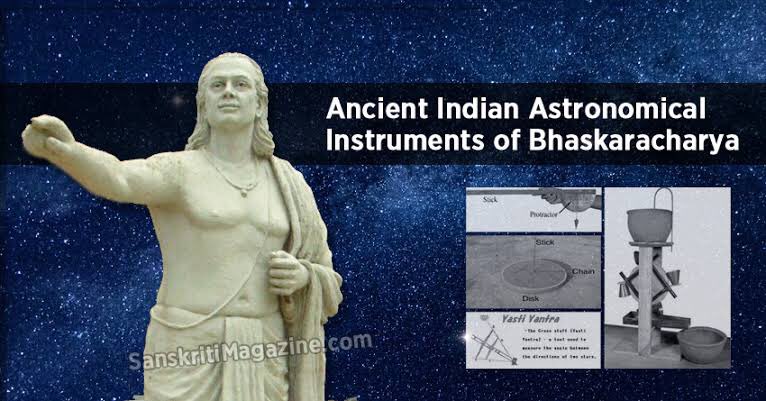

.. Dealers in monetary transactions do not entrust their purses to any except them. The treasurer of every such dealer in Iraq must be a Sindhi or a son of a Sindhi... 



.. Their natural bias is towards figuring, monetary transactions and things like these. They make very honest and faithful servants.”
Sources and Credit :
1)THE INDIA THEY SAW (VOL-2) by Dr. MEENAKSHI JAIN
2)Arab Accounts of India (during the fourteenth century), Idarah-I Adabiyat- I Delli, 1981; pp. 23-24, by Zaki, M.,..

1)THE INDIA THEY SAW (VOL-2) by Dr. MEENAKSHI JAIN
2)Arab Accounts of India (during the fourteenth century), Idarah-I Adabiyat- I Delli, 1981; pp. 23-24, by Zaki, M.,..


.. quoting the accounts of Al-Jahiz (d. 864), a native of Basra, wrote a book exclusively on Indian religion which seems to have perished. Two of his surviving chapters contain brief accounts on the religious practices and intellectual attainments of Indians. 

@AartiAuthor @harshasherni @SRaEarth09 @Mishra_Jiiiii @Ms_Poojaraj @mamatarsingh @Voice_Of_Dharma @Itishree001 @Shiv_Sharwani11 @Mahender_Chem @DeshBhaktReva @Savage_shree @VaruKrutika @dhingramahima9 @apparrnnaa @i__Mystic @Shailesh_2017 @shradhasumanrai @VedicWisdom1 👆
@BahuRaani @i__Mystic @balajidesigr @PragTi09 @db_yoda @Karma_Kaali @unheardvoice07 @raj_010101 @CoreDharma @SVOjha @Sampoorn10 @MsMisraji @dakowmap @VipashaRanjan @DeepaShree_AB 👆
• • •
Missing some Tweet in this thread? You can try to
force a refresh















